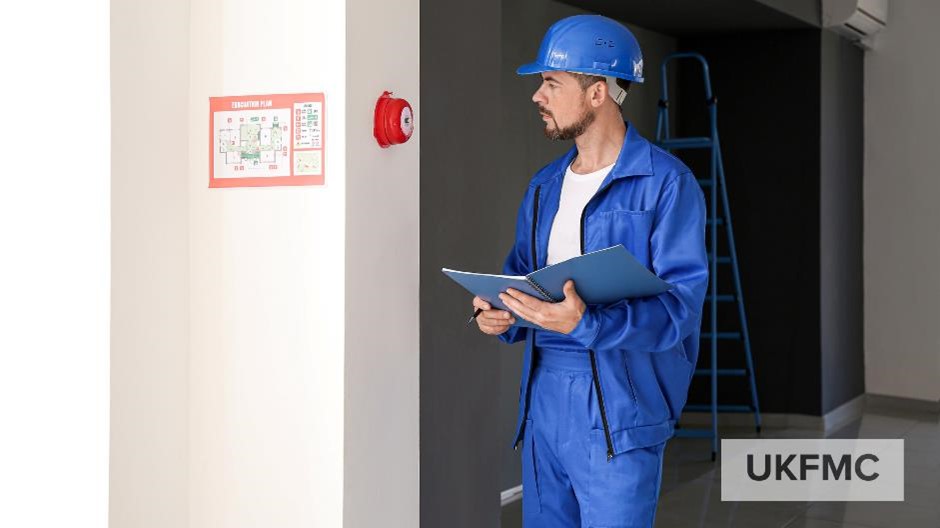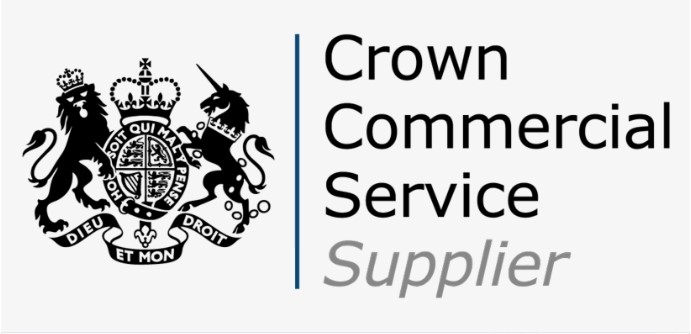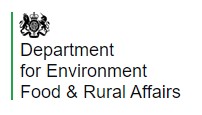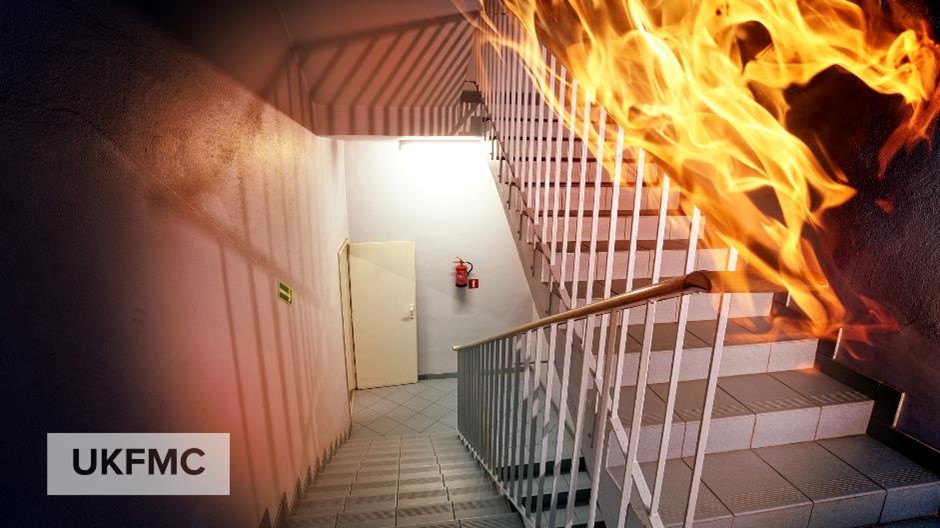The Fire Safety (England) Regulations 2022 makes it a legal requirement from 23 January 2023 for responsible persons for all multi-occupied residential buildings in England with storeys over 11 metres in height to:
- undertake quarterly checks of all fire doors (including self-closing devices) in the common parts
- undertake – on a best endeavour basis – annual checks of all flat entrance doors (including self-closing devices) that lead onto a building’s common parts.
The regulations will also require responsible persons to provide to residents of all multi-occupied residential buildings with two or more sets of domestic premises (that have common parts) information on the importance of fire doors to a building’s fire safety.
Background to The Fire Safety (England) Regulations 2022
The Grenfell Tower Inquiry in the Phase 1 report noted that “Fire doors play an essential role in preventing or inhibiting the spread of smoke and toxic gases and in preserving the effective compartmentation of buildings.”
The Inquiry noted that the fire doors in Grenfell Tower did not, through damage and/or disrepair, act in the way that they should so that they prevent smoke and gases from spreading.
The Inquiry recommended (Recommendations 33.29 (a) and (b)) that the owner and manager of every residential building containing separate dwellings carry out an urgent inspection of all fire doors to ensure compliance with current legislative standards and that regular (no less than every three months) checks be carried out to ensure all fire doors are fitted with an effective self-closing device which is in working order.
In addition, the Inquiry recommended (Recommendation 33.30) that all those who have responsibility for the condition of the entrance doors to individual flats in high-rise residential buildings (with unsafe cladding) be required by law to ensure these doors comply with current standards.
Prior to the Fire Safety Act 2021, flat entrance doors in multi-occupied residential buildings may not have been routinely considered as part of the fire risk assessment process. The Fire Safety Act 2021 has removed the legal ambiguity and confirms that flat entrance doors are in scope of the Fire Safety Order.
The regulations will require responsible persons to undertake best endeavour annual checks of flat entrance doors and quarterly checks of communal doors in multi-occupied residential buildings above 11m.
Information on the importance of fire doors to a building’s fire safety will help to deepen residents’ understanding of their role in keeping their building safe and encourage them to allow responsible persons access to check their flat entrance doors.

Current situation
The checks required under the regulations do not replace the existing duty under the Fire Safety Order for the responsible person to put in place general fire precautions and their duties under Article 17 of the Fire Safety Order in all buildings which are in scope of the Fire Safety Order, regardless of height (see below).
What does “best endeavours” mean?
It will be for responsible persons to determine the best approach to engage with residents in order to get access to undertake the annual checks of flat entrance doors. This could include the responsible person agreeing with residents a date, so access can be granted.
Problems with access
Residents should be encouraged to allow responsible persons access to check their flat entrance doors. Use can be made of the information to residents required by these regulations, or other resident engagement strategies.
If access cannot be achieved, the responsible person should gather evidence of the steps they have taken to discharge this duty. This could include correspondence between the responsible person and resident seeking permission to gain access.
Minimum requirements for inspections of fire doors
The minimum requirement is for the responsible person to undertake an inspection of the doors to identify any obvious damage or issues. It should not be necessary to engage a specialist for these checks as the responsible person should be able to carry out these checks themselves. There are several useful guides available online which can support a responsible person in undertaking checks.
A responsible person should consider:
- if there has been any alterations or damage to a door’s glazing apertures or air transfer grille
- if there are any gaps around the door frame and that seals and hinges are fitted correctly
- that the door closer shuts the door
- that the door closes correctly around the whole frame
- that there is no visible damage (either deliberate or from wear and tear) to the door or door closer
If any issues are identified from these checks, it might be appropriate to undertake more detailed checks of doors (or the self-closing device) if any damage is identified from the initial inspection. This could include engaging a specialist.
Checks of fire doors in buildings below 11 metres
The regulations do not replace the existing duty for a responsible person to put in place general fire precautions in any premises covered by the Fire Safety Order, regardless of the building’s height.
The Fire Safety Act 2021 has clarified that in any residential building which contains two or more sets of domestic premises are within the scope of the Fire Safety Order.
Responsible persons for residential buildings below 11 metres in height have a duty to put in place general fire precautions in these buildings, this duty includes making sure that all fire doors – including flat entrance doors – are capable of providing adequate protection.
Responsible persons will also be required to provide residents in all residential buildings with two or more sets of domestic premises with information on fire doors.
Information responsible persons should give to residents
The information given to residents should cover the importance of keeping doors closed, that doors and self-closing devices are not tampered with and that any faults or damage to doors should be raised immediately.
Residents will receive this information when they move into a multi-occupied residential building and then on an annual basis.
Fire Safety Surveys is part of the Business Facilities Management services, in which UKFMC possesses a wealth of knowledge and experience, consequently we are fully compliant with all relevant legislation; in addition we can offer support and advice on all aspects of Facilities Management.
This information is licensed under the Open Government Licence v3.0. except where otherwise stated.







